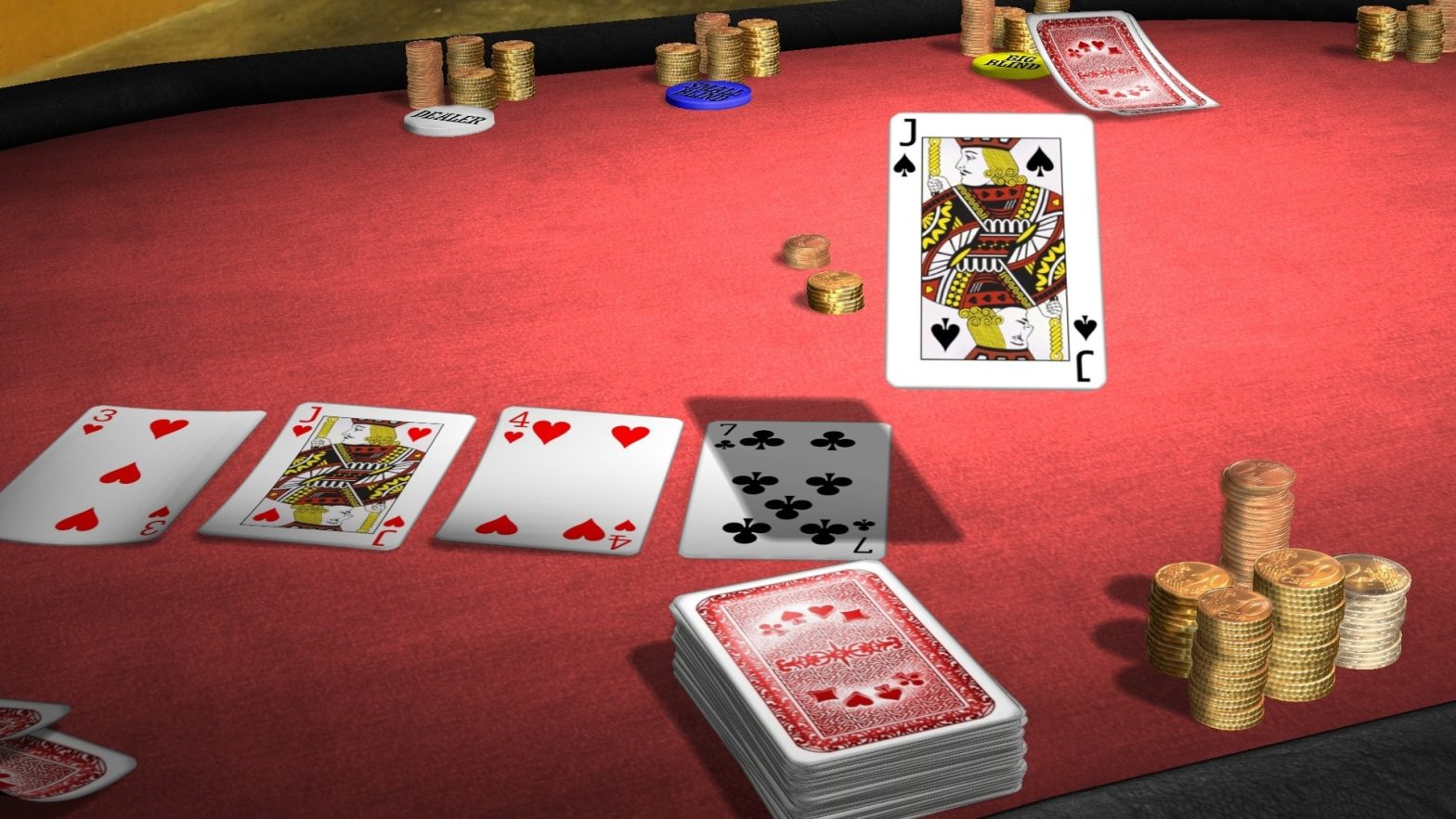Another important element of any classic poker strategy is the analysis of the opponents’ hands. Some poker variants provide more possibilities for this, e.g. in omaha poker each player receives the two open cards of the four during the first deal, which considerably facilitates the analysis of the opponents’ hands. In texas holdem, where pre-flop each player has only two hole cards, hand analysis begins not on the first deal, but at the bidding stage. In any case, it is quite easy to analyse the hands of experienced opponents, it is only necessary to pay attention to how other players behave at the poker table.
Conditionally all your opponents’ hands can be divided into three main categories:

- Guaranteed winning hands, by means of such a hand your opponent intends to win a big bank. The presence of such a hand does not mean that the player will not increase the bets or even make a re-raise, but it is important to understand that with such a hand your opponent is maximally confident of his strength. And therefore he will behave accordingly: the more often he makes a reasonable call in response to a raise and the closer the final round is, the greater the chance of a raise on the part of the holder of such a hand. In other words, the closer the final round is, the greater the chance that the holder of the guaranteed winning hand will try to raise the pot (to get it later) on behalf of the raises. It is precisely because of this pattern of behaviour that such hands are recognisable.
Hands “for the bank”, combinations with which, in principle, the bank can be won, but which are not so strong that the opponent tries to increase the size of the bank. The behaviour of the opponents in such cases is obvious: as a rule, they check at the first opportunity and call when they have to. The holder of such a hand is not going to raise the bets too much and make repetitive raises.
Draft hands/marginal hands with a bluff are the hands whose holders add the maximum animation to the game. Draft hand is the combination that requires termination and to circumvent such combination players, as a rule, try to play very carefully and slowly, making call/check in case of the first opportunity, or on the contrary play aggressively and use the strategy of bluffing. The latter can be certified by unexpected and illogical actions of the opponents, for example, a continuous increase of bets in the following rounds after the flop, re-raises in response to a raise, etc.
Analysis of the starting hand: Poker strategy No.11

In any poker variant the player who has managed to compose the strongest poker combination or the player who bluffs skillfully and eliminates the opponents by bluffing and not by strong cards wins. Choosing the strategy of the next poker game it is necessary to start only from the cards that you have at the beginning, after the first deal.
Professional players are guided by mathematical calculations when choosing whether it is worth to draw the initial hand or to discard the cards, the chances of receiving a necessary card in the following deals are approximately known. But beginner players of classic poker do not have to think about complex mathematical calculations, it is enough to follow the main rules.


